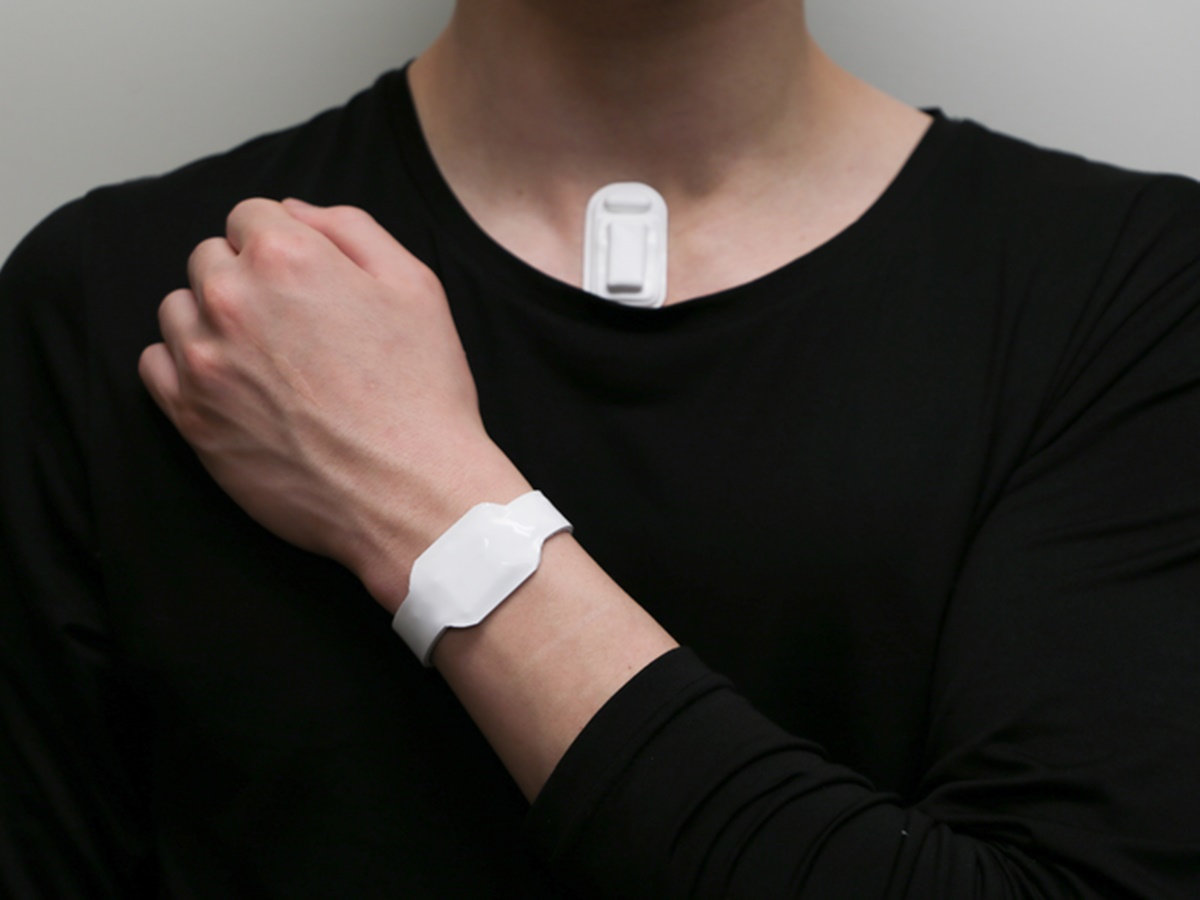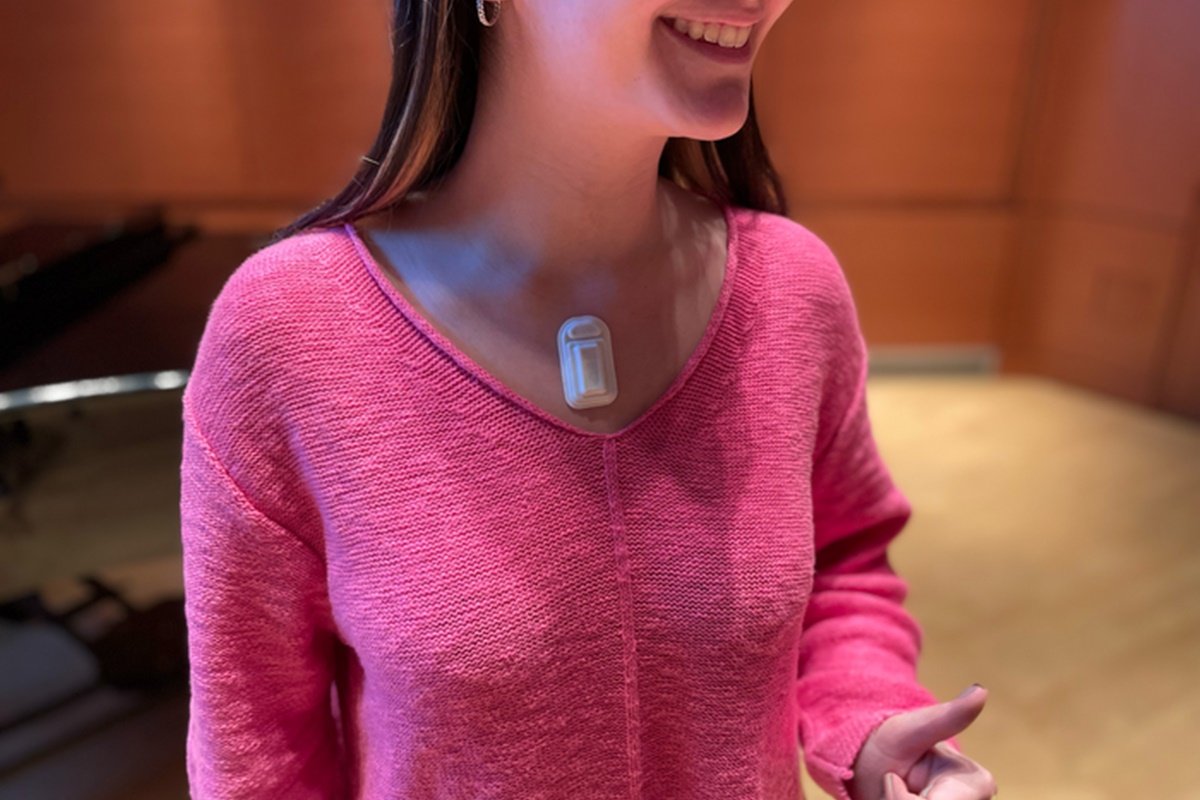Scientists at Northwestern University Evanston in the USA have announced a wearable and smart device that can continuously monitor sound use to prevent sound fatigue and potential injury. The device is especially useful for people who make a living by talking or singing.
Vocal fatigue is a constant syndrome in the lives of singers, politicians, teachers, and coaches. The condition occurs when the vocal folds swell and make the voice muffled or weak when overused. Study says major risk is lack of awareness, not vocal fatigue itself the connection between everyday vocal activities and how they affect people’s voices.
“It’s very easy for people to forget how much they use their voice,” says Theresa Brancaccio, a Northwestern audio expert who participated in the research. According to him, while some experienced singers manage to become more aware of the use of their voices, those with less experience and education do not realize that they are exaggerating. Worse still, the lack of a quantitative monitoring method increases the risk of voice disturbances.
How does the vocal cord monitor work?
published in the scientific journal Proceedings of the National Academy of Sciences (PNAS) In a study published Feb. 21, the flexible device was positioned above the chest to monitor vocal activity. Algorithms trained to distinguish speech from singing can also warn the user when the sound has reached its usage limit. When it’s time to take a break, an alert can be sent to the smart watch or bracelet via bluetooth.

Audio tracking is done in real time and data is instantly sent to a phone or tablet app.
According to bioelectronics scientist John A. Rogers, who led the development of the device, the device can measure the amplitude and frequency of speech and singing, which are the most important parameters for determining the total load on the vocal cords. “Being aware of these parameters is crucial to managing healthy vocalization patterns,” Rogers says in a statement.
Development of the device was carried out by a multidisciplinary team of biomedical engineers and opera singers.
Source: Tec Mundo
I’m Blaine Morgan, an experienced journalist and writer with over 8 years of experience in the tech industry. My expertise lies in writing about technology news and trends, covering everything from cutting-edge gadgets to emerging software developments. I’ve written for several leading publications including Gadget Onus where I am an author.












